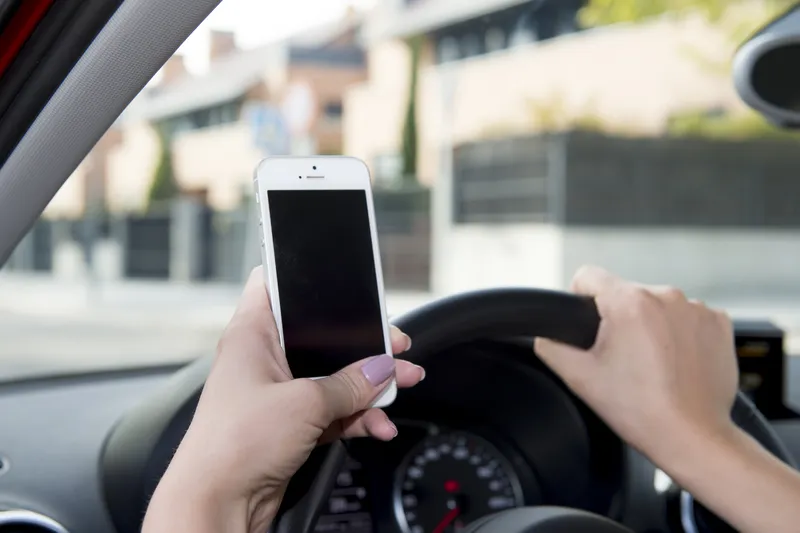Commissioner Violetta Bulc, European Commissioner for Transport, recently warned against distraction caused by using mobile phones. She said: “Distraction from mobile devices has become one of the top crash factors. Reports show it has even overtaken speed and alcohol as the highest risk factors.”
She has welcomed the FIA Region’s 2seconds campaign in raising awareness of the risk of distraction among road users.
“Technology can help, and the EU is making sure that everyone benefits from it: making driver drowsiness and distraction warning systems mandatory for all cars in its new vehicle safety legislation,” she adds.
However, she emphasises the importance of making road users aware of “even short spans of inattention” as technology can “only be an assistance to drivers”.
“To achieve zero road deaths by 2050 in the EU, we need to do everything we can – together,” she concludes.
‘Quarter of crashes’ caused by distraction, says FIA Region 2
FIA Region 2 has warned that a driver only has to be distracted for two seconds to cause a crash. The FIA’s data suggests that to 25% of road crashes are due to distraction, with up to 30% of total driving time spent on distracting activities.
Commissioner Violetta Bulc, European Commissioner for Transport, recently warned against distraction caused by using mobile phones. She said: “Distraction from mobile devices has become one of the top crash factors. Reports show it has even overtaken speed and alc
September 13, 2019
Read time: 2 mins
FIA Region 2 has warned that a driver only has to be distracted for two seconds to cause a crash. The FIA’s data suggests that to 25% of road crashes are due to distraction, with up to 30% of total driving time spent on distracting activities.










